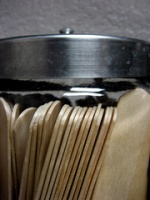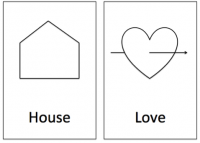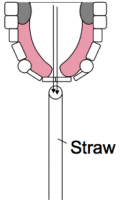
Q: My student substitutes T/K and D/G. As per suggestions on your website, I am facilitating posterior tongue elevation by using a tongue depressor and having the student push against it with the posterior part of the tongue. I have been able to elicit H but not K or G. Is H the sound you refer to as a velar fricative? I need help with this method. Let me straighten this up first- H is a glottal fricative and not…









